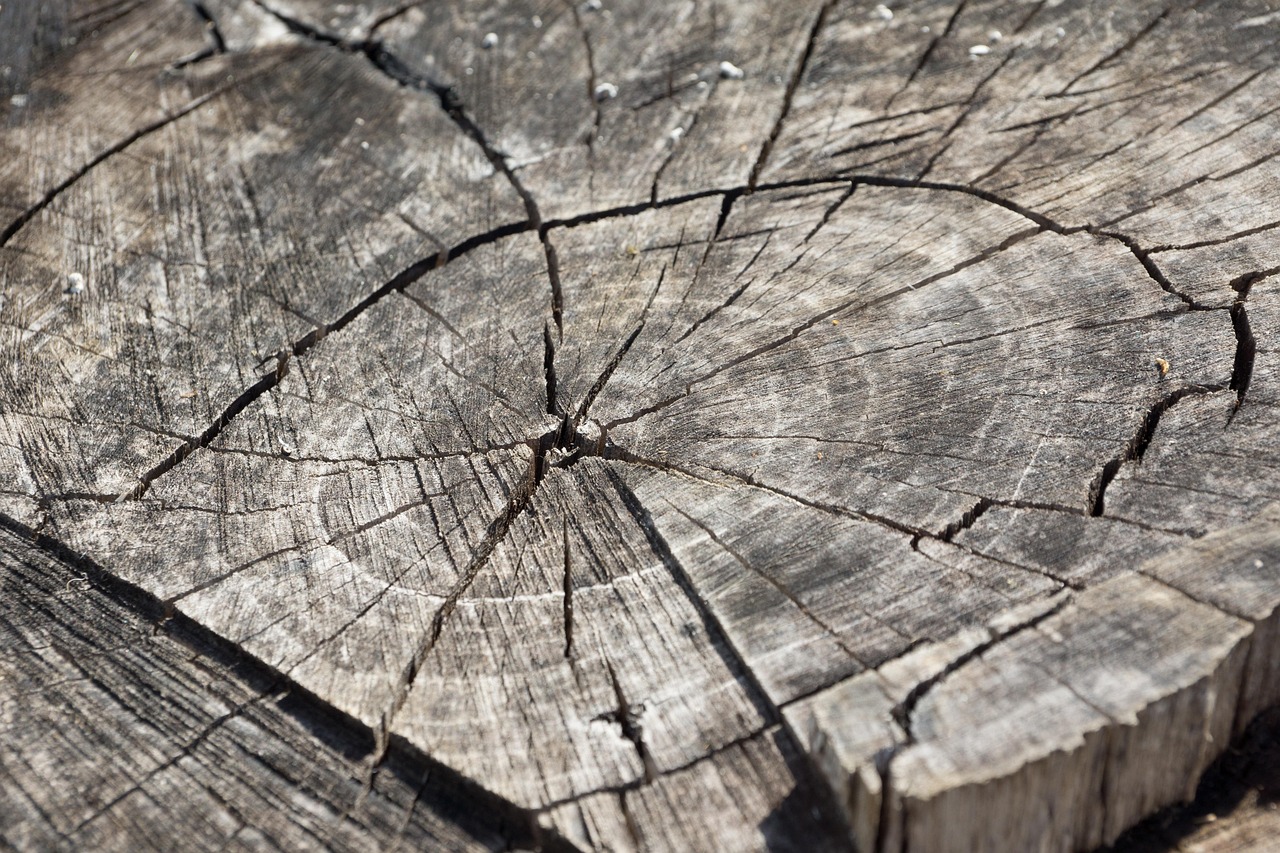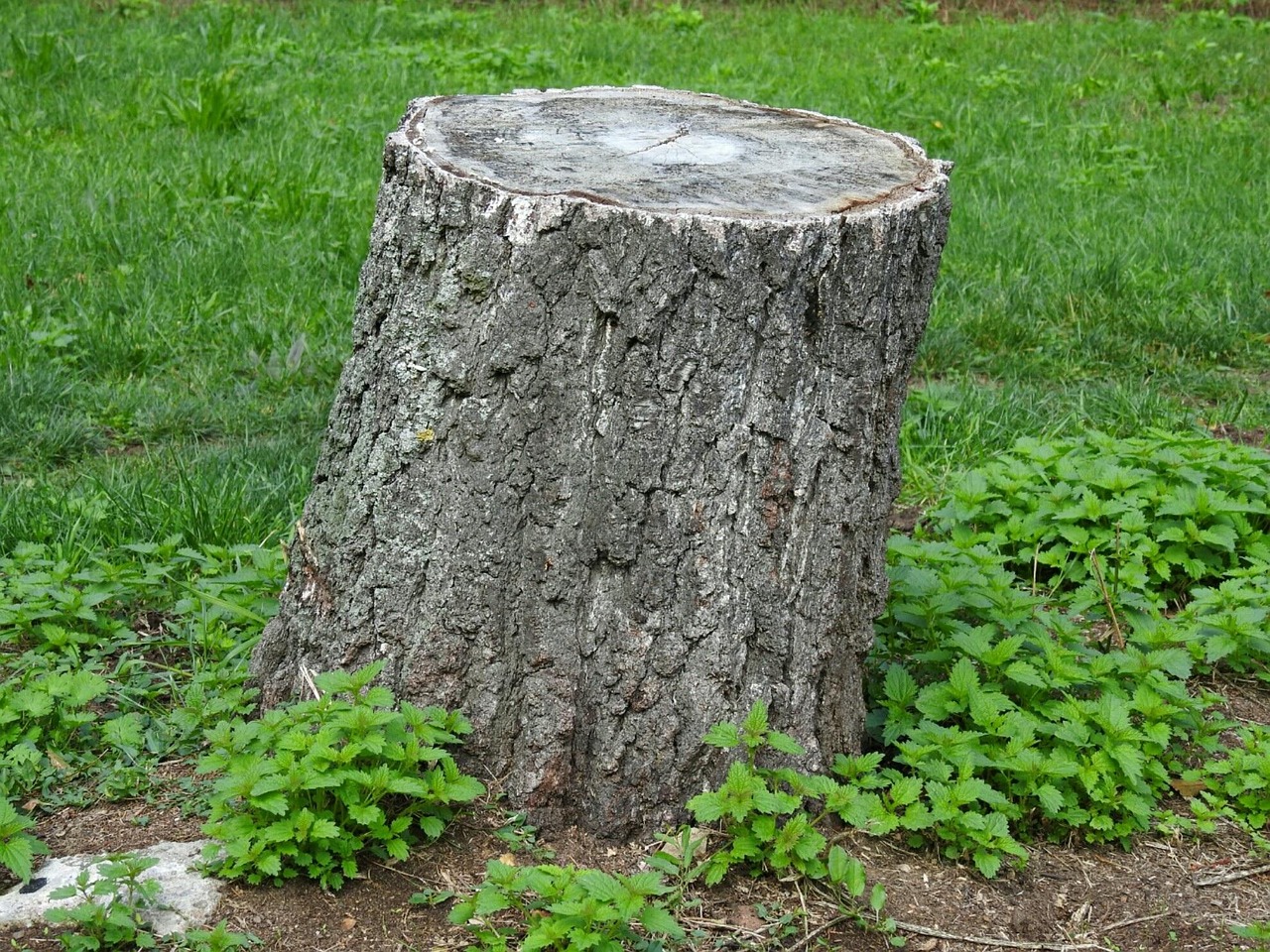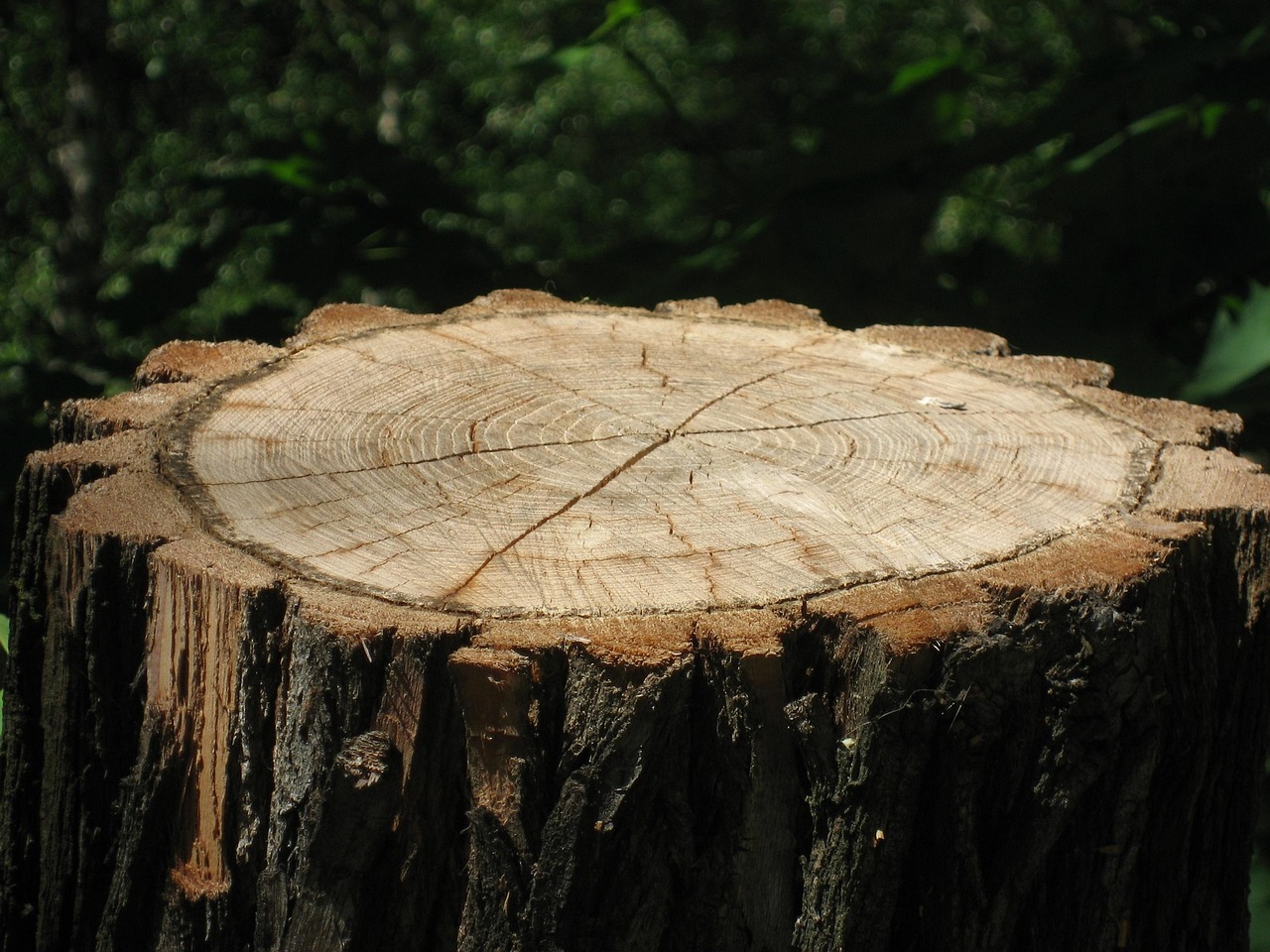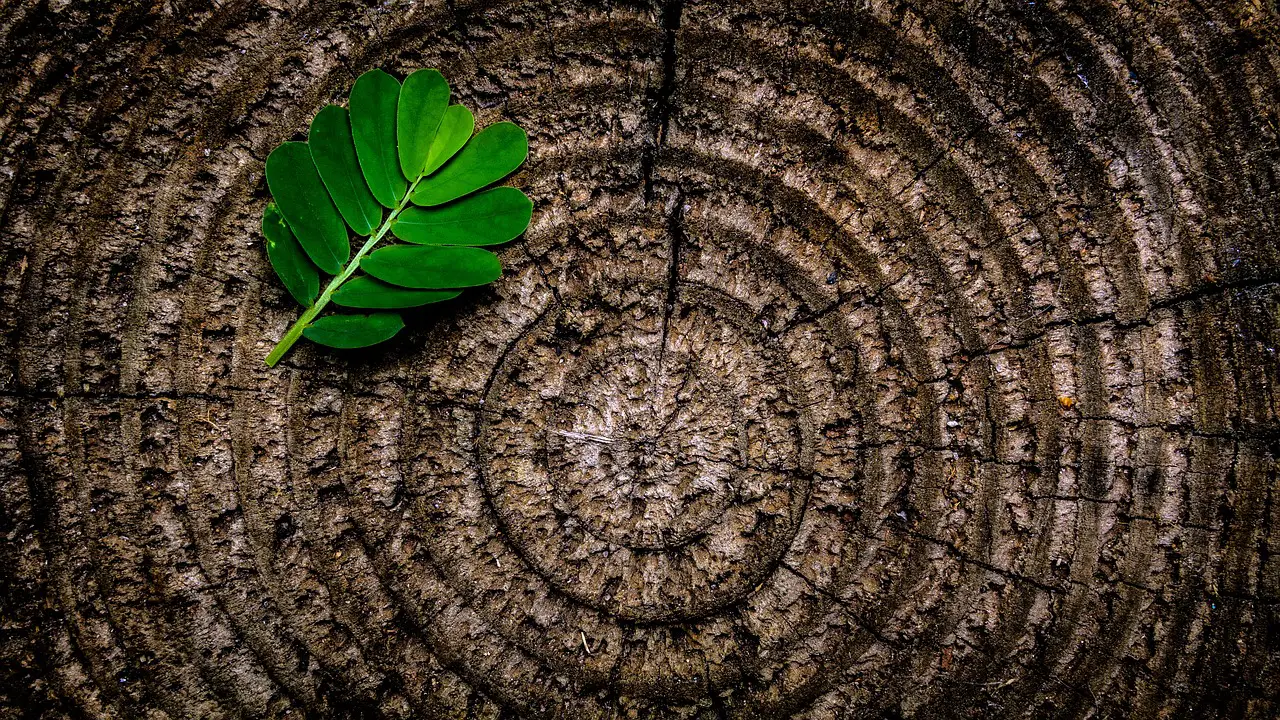Tree Grinding vs Stump Grinding: What’s the Difference and Which Do You Need
Tree grinding and stump grinding are two distinct services in tree care. Tree grinding involves reducing a whole tree into mulch or wood chips, while stump grinding focuses solely on removing the remaining part of a tree trunk after it has been cut down. Understanding these differences can help you determine which service is right for your needs.
When managing trees in residential or commercial properties, homeowners and property managers often face the decision of whether to grind down a tree or just its stump. This decision can depend on various factors such as aesthetics, safety, and future landscaping plans. Knowing the specifics of each process can aid in making an informed choice. In this article, we will explore the nuances between tree grinding and stump grinding, including their processes, benefits, and considerations.

Understanding Tree Grinding
Tree grinding is a process that involves the complete removal of a tree by turning it into mulch or wood chips. This method is usually employed when a tree is dead, diseased, or poses a hazard to nearby structures or people. The tree is cut into sections, and then a specialized machine grinds the entire tree down to small chips.
The primary benefits of tree grinding include:
- Space Creation: Removing a tree opens up space for other landscaping options.
- Hazard Elimination: Grinding eliminates potential dangers from falling branches or unstable trees.
- Mulch Production: The resulting wood chips can be used as mulch in gardens or landscaped areas.
Understanding Stump Grinding

Stump grinding focuses specifically on the removal of the stump left after a tree has been cut down. This process involves using a stump grinder, a machine equipped with sharp blades that grind the stump into small pieces. The depth of the grind can vary based on what the property owner desires.
Stump grinding offers several advantages, including:
- Aesthetic Improvement: Removing stumps enhances the visual appeal of your landscape.
- Landscaping Flexibility: With stumps gone, you can plant new trees, flowers, or grass in that area.
- Pest Prevention: Stumps can attract insects and rodents; grinding them can prevent these pests from invading your property.
Comparing Tree Grinding and Stump Grinding

To better understand the differences between tree grinding and stump grinding, consider the following comparison table:
| Aspect | Tree Grinding | Stump Grinding |
|---|---|---|
| Purpose | Complete removal of a tree | Removal of the remaining stump |
| Equipment Used | Chipper or wood grinder | Stump grinder |
| Output | Wood chips/mulch | Wood chips from the stump |
| Common Use Cases | Dead or hazardous trees | After tree removal |
Both services serve different purposes but are essential for maintaining a safe and attractive landscape. Choosing between tree grinding and stump grinding largely depends on your specific situation and landscaping goals.
As we delve deeper into this topic, we will further explore the factors influencing your decision about whether you need tree grinding or stump grinding. Understanding these elements will help you make a better-informed choice for your property.
Factors to Consider When Choosing Between Tree Grinding and Stump Grinding
When faced with the decision of whether to opt for tree grinding or stump grinding, several factors should be considered. Each situation is unique, and understanding these factors can help you make the best choice for your property. Here are some key considerations:
1. Condition of the Tree
The condition of the tree plays a significant role in determining whether tree grinding or stump grinding is necessary. If the tree is dead, diseased, or poses a safety hazard, tree grinding may be the best option. Conversely, if the tree has already been removed and only the stump remains, stump grinding is the appropriate choice.
2. Future Landscaping Plans
Your landscaping goals can also influence your decision. If you plan to plant new trees or create flower beds in the same area, stump grinding becomes crucial to clear the space effectively. On the other hand, if you simply want to remove a tree and do not have immediate landscaping plans, tree grinding may suffice, especially if you’re looking to create mulch.
3. Budget Considerations
Cost is always a key consideration in any landscaping project. Tree grinding typically costs more than stump grinding due to the additional labor and equipment involved in removing the entire tree. It is essential to get quotes from local service providers and determine what fits within your budget.
4. Local Regulations
Different municipalities have varying regulations regarding tree removal and grinding services. Before proceeding with either option, check local laws and regulations to ensure compliance. Some areas may require permits for tree removal, while others may have specific guidelines about stump grinding.
5. Equipment Availability
The equipment available for these tasks can also affect your decision. Tree grinding requires more heavy-duty machinery compared to stump grinding. Ensure that your chosen service provider has the right tools and equipment necessary for the job.
Pros and Cons of Tree Grinding
Understanding the advantages and disadvantages of tree grinding can help you assess whether it is the right choice for your needs.
Pros of Tree Grinding
- Comprehensive Removal: Tree grinding takes care of the entire tree, including branches and trunk.
- Creation of Mulch: The process generates usable mulch for landscaping purposes.
- Safety Improvement: Eliminating dead or hazardous trees enhances safety in your yard.
Cons of Tree Grinding
- Higher Cost: It is generally more expensive than stump grinding.
- Disruption: The process can cause significant disruption to your yard.
- Potential for Ground Damage: Heavy machinery may cause damage to surrounding plants or grass.
Pros and Cons of Stump Grinding
Like tree grinding, stump grinding has its own set of advantages and disadvantages. Evaluating these can aid in deciding if this service meets your needs.
Pros of Stump Grinding
- Cost-Effective: Stump grinding is often less expensive than full tree removal.
- Less Disruption: The process typically causes less disruption to your landscape.
- Pest Control: Stump removal reduces the risk of attracting pests.
Cons of Stump Grinding
- Lingering Roots: Stump grinding does not eliminate roots, which may lead to regrowth.
- Aesthetic Concerns: Some homeowners may still find the area visually unappealing after stump grinding.
- Limited Usefulness: Unlike tree grinding, no mulch is produced from stump grinding, which may limit its landscaping benefits.
By weighing these factors, pros, and cons, you can better determine whether you need tree grinding or stump grinding based on your specific circumstances and goals for your property.

Environmental Impact of Tree Grinding and Stump Grinding
Both tree grinding and stump grinding have environmental implications that should be considered. Understanding these impacts can help you make a more informed choice about which service to use based on your ecological priorities and the health of your landscape.
Benefits of Mulch Production
One significant advantage of tree grinding is the production of mulch, which has various environmental benefits:
- Soil Health: Mulch improves soil structure and promotes healthier plant growth. It retains moisture and adds essential nutrients back into the soil as it decomposes.
- Erosion Control: By covering bare soil, mulch helps prevent erosion caused by rain or wind, thus protecting the surrounding ecosystem.
- Weed Suppression: A thick layer of mulch can inhibit weed growth, reducing the need for chemical herbicides that can harm the environment.
Environmental Concerns of Grinding
While there are benefits, both tree grinding and stump grinding come with environmental concerns:
- Disruption to Wildlife: Removing trees can disrupt local wildlife habitats. Birds, insects, and other creatures often rely on trees for food and shelter.
- Carbon Emissions: The grinding process requires machinery, which can produce carbon emissions. This contributes to the overall carbon footprint of the operation.
- Potential for Soil Compaction: The heavy equipment used during the grinding process can compact the soil, making it less hospitable for new plant growth.
Best Practices for Tree and Stump Grinding
To minimize negative impacts on the environment while maximizing effectiveness, consider implementing best practices when engaging in tree or stump grinding services.
1. Choose a Reputable Service Provider
Selecting a company that follows environmentally friendly practices is crucial. Look for providers that prioritize sustainable methods and proper disposal of waste materials.
2. Utilize the Mulch
If you choose tree grinding, make sure to utilize the mulch produced. You can use it for landscaping around your property, which not only beautifies your yard but also provides the environmental benefits previously mentioned.
3. Replanting After Removal
Consider replanting trees or shrubs after grinding. This helps restore the ecosystem and can provide a habitat for local wildlife, contributing positively to the environment.
Cost Considerations Beyond Basic Pricing
The cost of tree grinding versus stump grinding often goes beyond the initial quotes provided by service providers. Understanding these additional factors can influence your budgeting process.
1. Ongoing Maintenance Costs
After tree or stump removal, ongoing maintenance costs may arise. For instance, if you grind a stump but do not address the remaining roots, you may find that regrowth occurs, necessitating further maintenance or removal efforts.
2. Landscaping Costs
If you plan to re-landscape after grinding, consider those costs in your budget as well. Whether it’s planting new trees or installing flower beds, these expenses can add up quickly.
3. Potential Increase in Property Value
A well-maintained landscape can enhance property value. Investing in professional tree or stump grinding may lead to better curb appeal and potentially higher market value if you plan to sell your property in the future.
Choosing the Right Time for Grinding Services
The timing of tree or stump grinding can significantly affect both cost and effectiveness. Here are some considerations regarding timing:
1. Seasonal Considerations
The best time for tree grinding is often during late fall or winter when trees are dormant. This can minimize stress on the surrounding environment and improve recovery times for any remaining vegetation.
2. Weather Conditions
Avoid scheduling grinding services during wet conditions, as saturated ground can lead to equipment sinking and increased soil compaction. Aim for dry conditions to ensure efficient operations.
3. Local Pest Activity
If a tree has been infested with pests, it may be beneficial to schedule grinding services promptly to prevent pests from spreading to surrounding plants or trees.
By considering environmental impacts, best practices, cost factors, and timing, you can make a well-informed decision about whether tree grinding or stump grinding is right for your specific situation and needs.
Additional Considerations for Tree and Stump Grinding
Beyond the environmental impacts, costs, and timing, there are several additional considerations that can influence your decision on whether to choose tree grinding or stump grinding. Understanding these aspects can further refine your choice.
1. Property Aesthetics
The visual appeal of your landscape can be significantly impacted by either grinding service. Tree grinding removes the entirety of the tree, allowing for a clean slate for future landscaping. In contrast, stump grinding may still leave some remnants—primarily roots—visible in the ground, which may detract from overall aesthetics until the area is fully landscaped.
2. Safety and Accessibility
Safety is a vital consideration, especially in areas where children and pets play. A tree that is dead or diseased poses a risk of falling branches or even toppling entirely. Choosing tree grinding can eliminate this hazard. On the other hand, stumps can be tripping hazards, particularly in grassy areas. If safety is a primary concern, it might be worthwhile to consider both services to address potential risks.
3. Local Ecosystem Impact
When removing trees or stumps, consider the impact on local ecosystems. Trees provide essential habitat and food for various species. Research any local wildlife that may rely on the trees you are considering removing. If possible, consult with environmental specialists to ensure that your actions align with local conservation efforts.
4. Long-Term Planning
Think about your long-term landscaping vision. If you plan to create a garden, patio, or other outdoor features, consider how tree or stump removal will fit into that vision. Consulting with a landscape architect can provide valuable insights into how best to integrate these services into your overall design plans.
Final Thoughts
Choosing between tree grinding and stump grinding depends on various factors, including the condition of the tree, your future landscaping plans, cost considerations, and environmental impacts. By evaluating these aspects thoroughly, you can make an informed decision that aligns with your property’s needs and your personal preferences.
If your goal is to enhance safety and aesthetics while considering environmental impacts, both services can play an essential role in maintaining a healthy landscape. Tree grinding provides an effective solution for complete tree removal and mulch production, while stump grinding offers a cost-effective method to eliminate stumps and promote landscape flexibility.
Ultimately, consulting with professional tree care services can provide tailored recommendations based on your specific situation. They can help evaluate your property, assess the trees in question, and suggest the best course of action to achieve your desired outcome.
By carefully weighing all these factors and taking a proactive approach, you will not only improve the attractiveness and safety of your landscape but also contribute positively to the environment around you.
